The European Rover Challenge (ERC) is an international robotics competition in which teams of young academics from all over the world presented their designs for mobile rovers for extraterrestrial exploration.
The European Rover Challenge (ERC) trials are based on real ESA and NASA missions on the world biggest artificial Martian terrain simulation. The Rover of the Project RED team from Reggio Emilia ranked third in the remote competition and ninth in the on-site competition, and also took home a prize for best remote navigation.
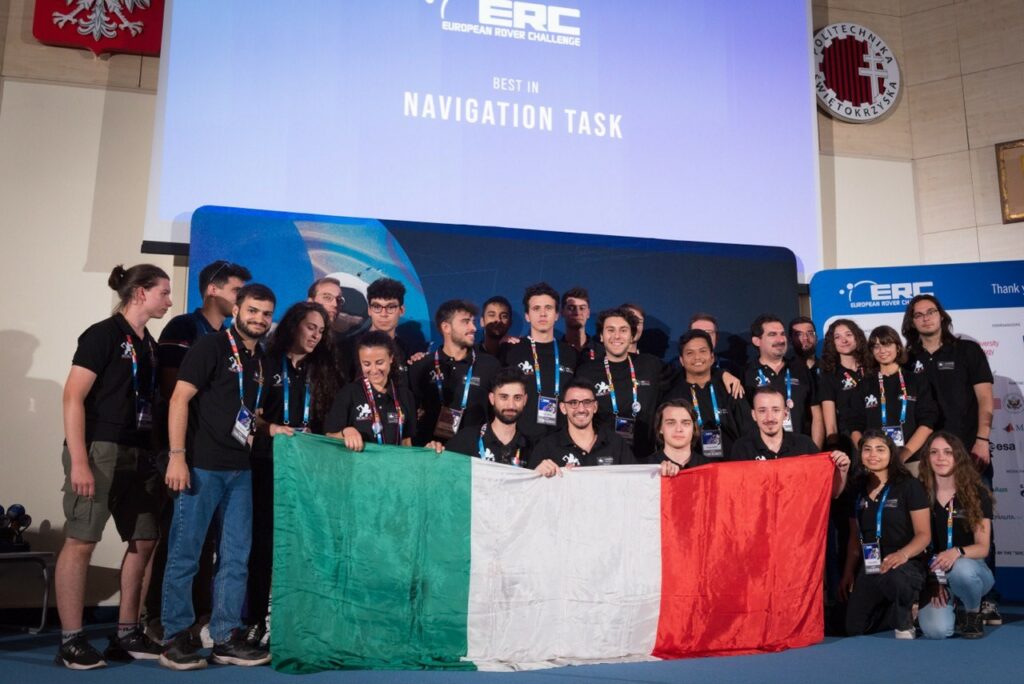
Project RED was born in 2019 by a group of students from the Department of Engineering Sciences and Methods (DISMI) of Reggio Emilia , passionate about robotics and the aerospace sector.
Just a few weeks before the international competition this summer, Project Red’s engineering team contacted Il Sentiero International Campus for the construction of two couplings, which were essential to ensure the Rover’s set of movements to the competition.
Mario Franchi and Carlo Calì, specialized researchers in Additive Manufacturing Technologies, Il Sentiero International Campus, followed all phases of the project.
“It was exciting to work with Project Red team engineers,” says Mario Franchi. “The deadline was very tight to get the parts ready before the European Rover Challenge, but we managed to finish the job in a few days. In the first technical meeting we identified the process to be followed and the printer to be used to make these components. They had to perfectly fit with the other parts already in the Rover’s system.
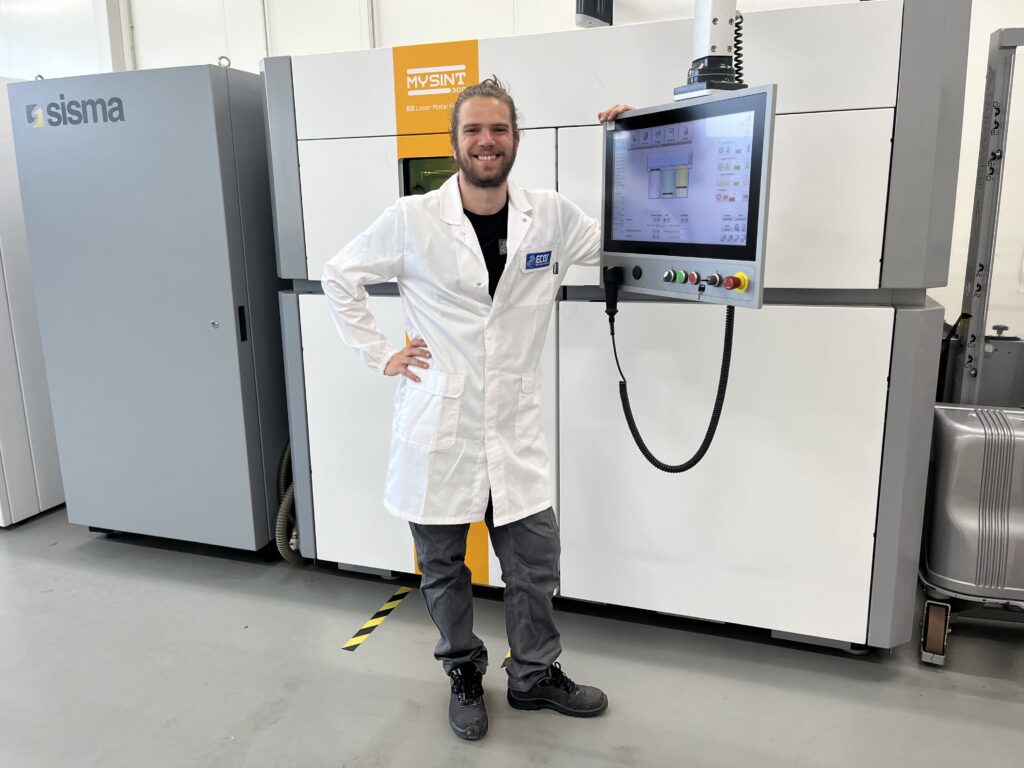
The Markforged X7 3D printer in Magreta head office (Modena) was used to rapidly fabricate components of composite material with highly customizable geometries, using a laye by-layer fabrication process.
In addition to customisation, the 3D printing process also resulted in a saving of the polymer material used: the parts made were not filled, but only used the amount necessary to withstand the stresses expected through lightened structures.
Moreover the additive manufacturing is a great time-saver: the printing process was carried out in a single step with a process design such that the required level of quality was achieved on the first attempt.

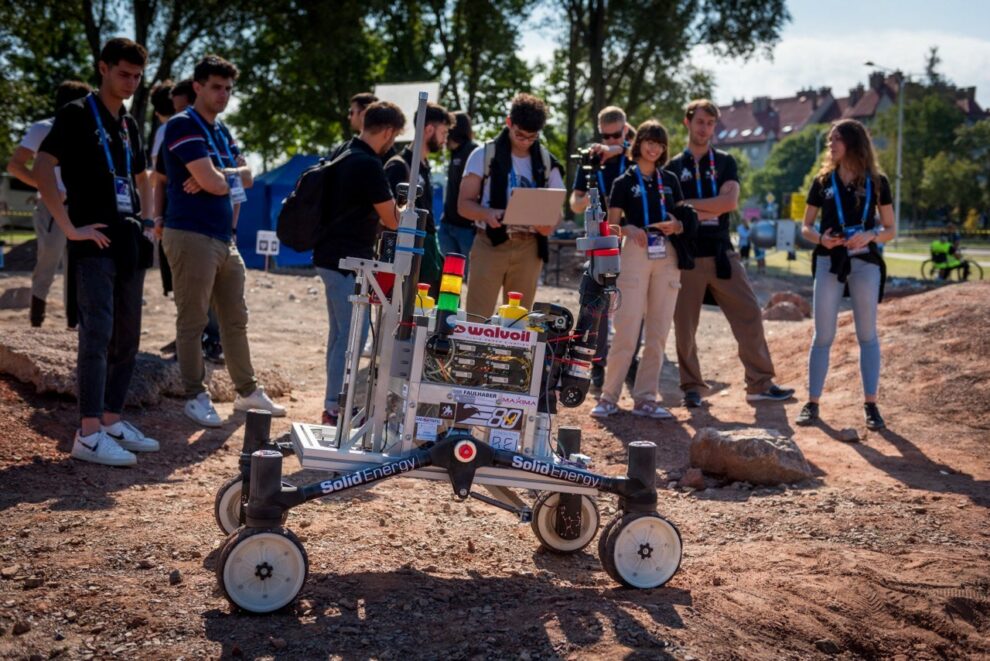
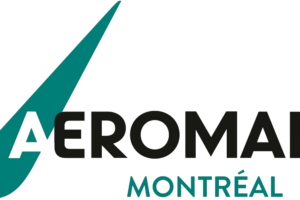
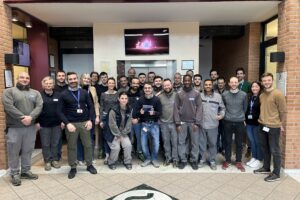
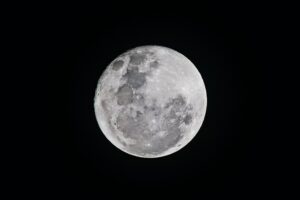





 @EcorIntern
@EcorIntern